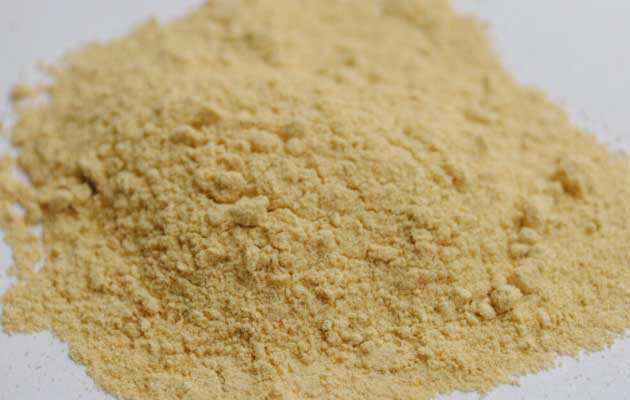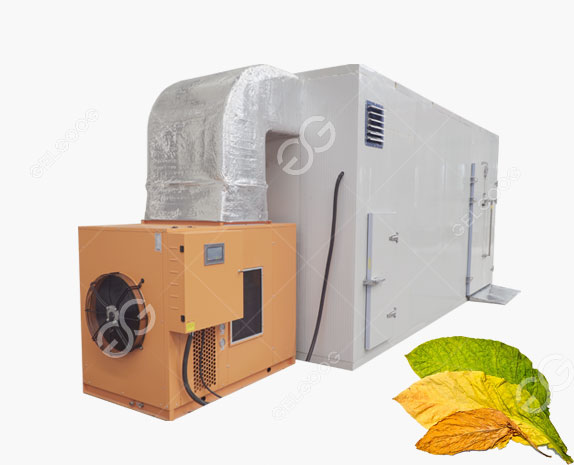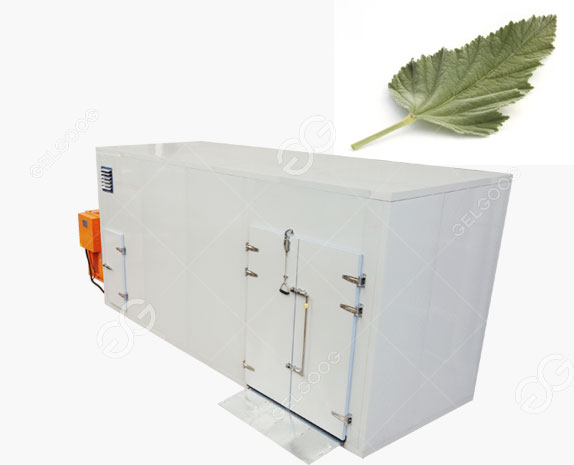Ginger is a popular spice known for its unique flavor and numerous health benefits and is widely used in culinary and medicinal applications. Processing ginger into powder form not only extends its shelf life, but also makes it easier to use. In this blog, we’ll delve into the detailed steps of processing ginger powder in a factory, focusing on the techniques and ginger powder processing method used to ensure high quality and efficiency.
1. Harvesting and Selection
The first step in the production of ginger powder is the careful selection of ginger rhizomes. Harvest usually occurs when ginger matures, usually 8-10 months after planting. Ripe ginger contains the highest concentration of essential oils and flavor compounds and is ideal for processing.
Selection criteria:
The rhizome is firm and plump
Free of blemishes, mold and rot
Uniform size and consistent processing
2. Clean and peel
After harvesting, ginger rhizomes undergo a thorough cleaning process to remove soil, dirt, and other impurities. This step is critical because any remaining contaminants can affect the quality and safety of the final product.
Cleaning process:
Cleaning: Wash the rhizomes in a large sink under running water. Use a mechanical washer equipped with brushes for more efficient cleaning. The ginger rhizomes are fed into the peeling machine, and the rotating brush or grinding roller can effectively remove the skin, and cleaning and peeling can be performed simultaneously.
4. Slice
After peeling, slice the ginger rhizome into thin slices. Slicing increases surface area, which facilitates faster, more even drying. The industrial ginger slicer can process large batches quickly and ensure uniform slice thickness.

5. Dry
Drying is a critical step in the production of ginger powder as it removes moisture from the ginger slices and prevents microbial growth and spoilage. Proper drying also concentrates flavor.
Hot air drying: a more efficient and controllable method. Place the ginger slices in a drying chamber and circulate hot air to ensure even drying.
6. Grinding
After drying, grind the ginger slices into a fine powder. This step requires precision to achieve the desired consistency.
7. Sieve
Sieve the ground ginger powder to ensure uniform particle size. Sieving helps remove any remaining larger particles or impurities.
8. Packaging
Proper packaging is essential to maintain the quality and shelf life of ginger powder. The powder is packaged in moisture-proof, air-tight containers to protect against moisture and contamination.
Packaging options:
Polyethylene bags: often used for bulk packaging.
Aluminum Foil Bags: Provide excellent moisture and air barrier properties.
Glass or plastic jars: often used in retail packaging to ensure consumer convenience and product visibility.
9. Quality Control
Strict quality control measures are taken throughout the entire processing stage to ensure that the final product meets safety and quality standards.
in conclusion
Ginger powder processing method in a factory involves a series of carefully planned steps, each of which is critical to ensuring the quality and safety of the final product. From selecting the best ginger to advanced drying and grinding techniques, every stage helps produce high-quality ginger powder that retains its flavor and nutritional value. By adhering to these methods, manufacturers can deliver products that meet consumer expectations and industry standards.




